
The Benefits Of Thymosin Alpha-1 In Treating Cystic Fibrosis
Thymosin Alpha-1 and Cystic Fibrosis (CF) are at the forefront of groundbreaking medical research. Recent Germany studies have shown that
Nasal delivery of peptide drugs has emerged as a promising approach for treating various neurological conditions, including Alzheimer’s disease and mild cognitive impairment. The nasal cavity, specifically the olfactory region and olfactory epithelium, provides a direct pathway to the brain, bypassing the blood-brain barrier that often limits the efficacy of conventional drug delivery systems.
Research has shown that small molecules and large molecules, such as neurotrophic factors and growth factors, can effectively reach specific brain regions through this route. Clinical studies on transgenic mice have demonstrated the potential of nasal peptides in mitigating cognitive dysfunction, oxidative stress, and insulin resistance associated with neurodegenerative disorders.
By exploiting mechanisms like passive diffusion, endocytosis, and interactions with ion channels, these innovative drug delivery systems offer a novel, non-invasive option for enhancing cognitive function and addressing severe cognitive impairment.
Nasal peptides are a class of bioactive compounds that, when administered through the nose, claim to offer a direct route to the bloodstream and the brain, bypassing the digestive system. But what mechanisms underpin their action?
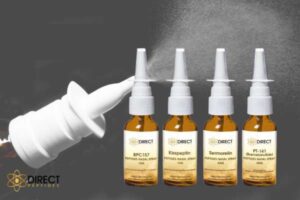
Peptides are short chains of amino acids—the building blocks of proteins—known to play various roles in the human body, from hormonal regulation to immune responses. Intranasal administration leverages the thin barrier and rich blood supply of the nasal mucosa to potentially allow peptides targeted access to central nervous system pathways.
Direct Peptides Germany has premium quality research nasal peptides for sale online, shop today!
Several peptides have found their way into nasal spray formulations. Notable examples include:
Semax: Originally developed in Russia, it’s postulated to enhance cognitive function. Find out more about Semax Peptides here.
Selank: Also Russian-designed, this peptide is investigated for its potential anti-anxiety and nootropic effects. Discover the full range of Selank Peptides here.
Oxytocin: Famously known as the ‘love hormone’, it may influence social bonding when administered intranasally. Buy Oxytocin peptides from Direct Peptides.
Sermorelin: Employed for its potential anti-aging and growth hormone-stimulating properties. Sermorelin is available in various formats for research.
TB500: A peptide that is believed to promote healing, reduce inflammation, and improve recovery times following physical exertion or injury. Shop TB500 peptides today.
BPC-157 Peptide Blend Nasal: This formulation combines the potential gut healing and regenerative effects of BPC-157 with the convenience of nasal administration, aiming to enhance systemic availability and expedite therapeutic outcomes. Discover more about BPC-157’s healing properties.
PT-141: Developed initially as a potential treatment for sexual dysfunction, PT-141 is thought to work directly through the nervous system to increase sexual arousal, showing promise for both men and women. Unlike traditional medications that target the vascular system, this peptide offers a distinctive approach to enhancing libido through the central nervous system pathways accessible via the nasal route. Buy PT-141 from Direct Peptides online.
Research suggests administration with a nasal peptide highlights several advantages over traditional injection administration methods, including:
The use of peptides through a nasal delivery system is not without backing from the Germany scientific community. Several studies have examined their use:
Numerous studies have investigated the efficacy and mechanisms of nasal peptides, particularly in the fields of neurology and regenerative medicine.
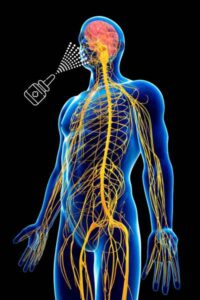 One prominent study examined the intranasal delivery of Semax on cognitive functions, revealing that this peptide could significantly enhance memory and learning capabilities in both healthy individuals and those with cognitive impairments.
One prominent study examined the intranasal delivery of Semax on cognitive functions, revealing that this peptide could significantly enhance memory and learning capabilities in both healthy individuals and those with cognitive impairments.Collectively, these findings underline the therapeutic potential of nasal peptides, emphasising their bioavailability, targeted delivery, and diverse applications. However, more extensive and rigorous clinical trials are necessary to establish their efficacy, safety, and long-term impacts fully.
As with any emergent therapy, caution is warranted:
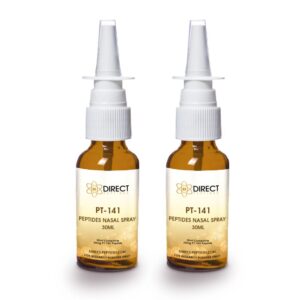
The field of nasal peptides presents a promising yet challenging frontier for Germany researchers. Nasal administration offers a unique method for peptide delivery, enhancing absorption, targeting the brain, and providing swift therapeutic effects. However, the journey is filled with unanswered questions and a pressing need for robust, large-scale studies to validate anecdotal and preliminary findings.
Interdisciplinary collaboration, encompassing pharmacology; neuroscience; and clinical research, is crucial to understanding the mechanisms, benefits, and long-term safety of these peptides. Through rigorous scientific methodologies and a critical perspective, researchers can unlock new therapeutic avenues that could revolutionize treatment paradigms across various medical fields.
[1] S-H Jeong, J-H Jang, and Y-B Lee (2023) Drug delivery to the brain via the nasal route of administration: exploration of key targets and major consideration factors – Journal of Pharmaceutical Investigation, Review Published: 24 July 2022, Volume 53, pages 119–152, (2023).
[2] M.E Meredith, T.S. Salameh, and W.A. Banks (2015) Intranasal Delivery of Proteins and Peptides in the Treatment of Neurodegenerative Diseases – The AAPS Journal, Volume 17, pages 780–787, (2015).
[3] S Kim, M.C Cho, S.Y Cho, et al (2020) Novel Emerging Therapies for Erectile Dysfunction – The World Journal of Mens Health. 2021 Jan; Volume 39 (Issue 1), Pages 48–64.
[4] M.R. Lee, H.J. Wehring, R.P. McMahon, et al (2019) The Effect of Intranasal Oxytocin on Measures of Social Cognition in Schizophrenia: A Negative Report – Journal of Psychiatry and Brain Science, 2019, Volume 4, e190001.
[5] O.Y. Sudarkina, I.B. Filippenkov, V.V. Stavchansky, et al (2022) Brain Protein Expression Profile Confirms the Protective Effect of the ACTH(4–7)PGP Peptide (Semax) in a Rat Model of Cerebral Ischemia–Reperfusion – International Journal of Molecular Science, 2021 Jun; Volume 22 (Issue 12), Page 6179.
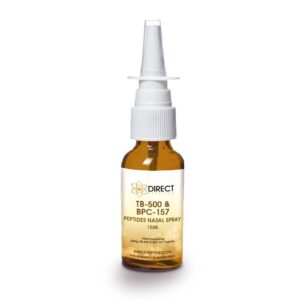
SALE
SALE
SALE
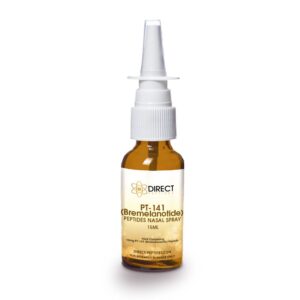
SALE
SALE
SALE
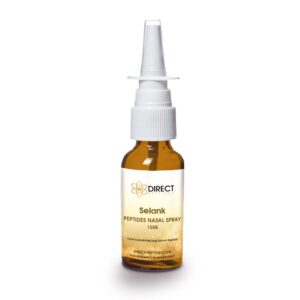
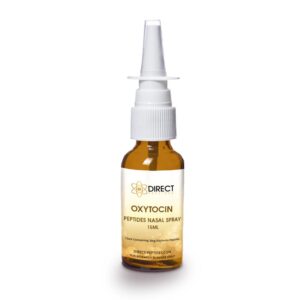
SALE
SALE
SALE
ALL CONTENT AND PRODUCT INFORMATION AVAILABLE ON THIS WEBSITE IS FOR EDUCATIONAL PURPOSES ONLY.
DISCLAIMER: These products are intended solely as a research chemical only. This classification allows for their use only for research development and laboratory studies. The information available on our Germany Direct Peptides website: https://germany.direct-peptides.com is provided for educational purposes only. These products are not for human or animal use or consumption in any manner. Handling of these products should be limited to suitably qualified professionals. They are not to be classified as a drug, food, cosmetic, or medicinal product and must not be mislabelled or used as such.

Thymosin Alpha-1 and Cystic Fibrosis (CF) are at the forefront of groundbreaking medical research. Recent Germany studies have shown that

Exploring the Potential Benefits of Tesofensine Capsules Continued research into the potential benefits of Tesofensine could lead to groundbreaking advancements

GHK-Cu Capsules: Copper Peptides For Skin In an ever-evolving world of beauty standards, the quest for vibrant, healthy skin remains

Explore the anti-aging effects of Epithalon And Thymalin Stack The pursuit of longevity and delaying the signs of aging is
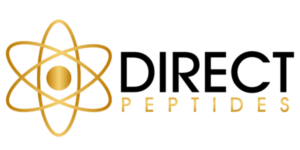
401 N. Mills Ave, Ste B, Orlando, FL 32803, United States
